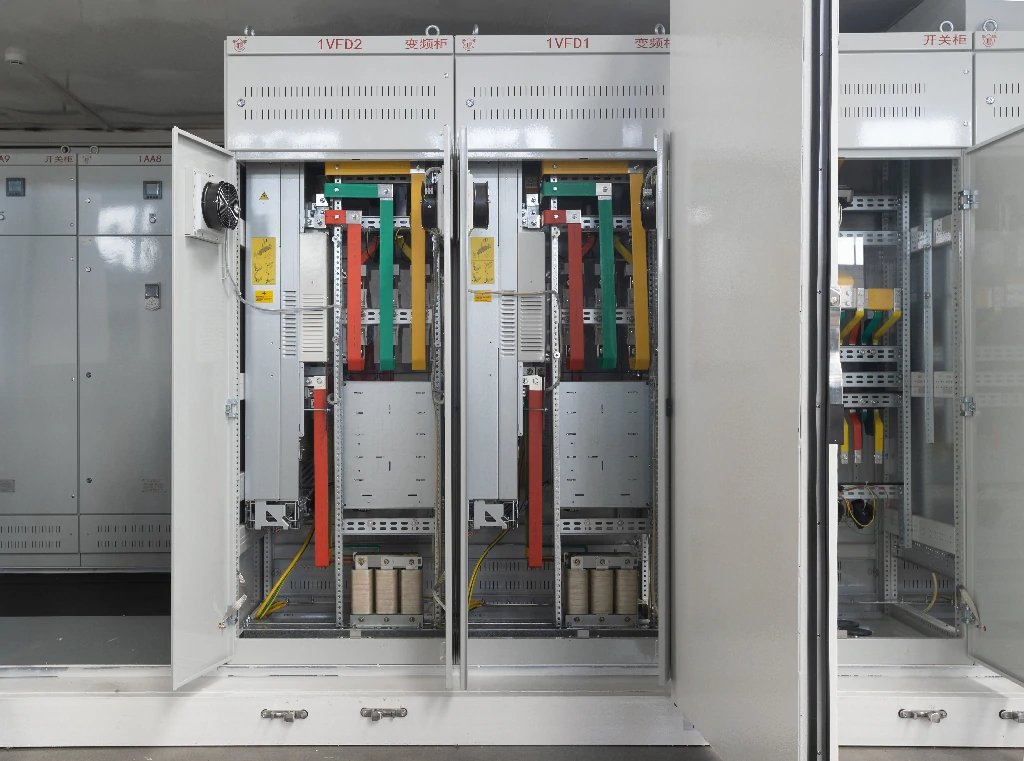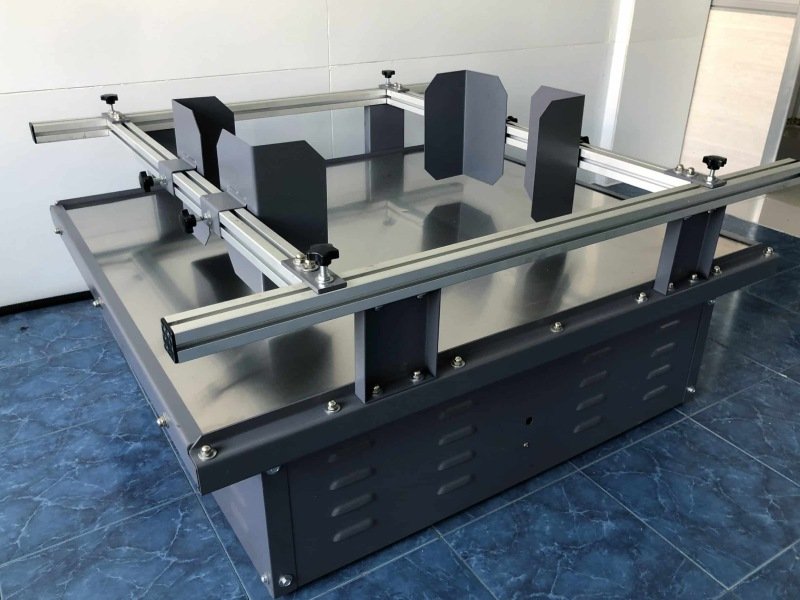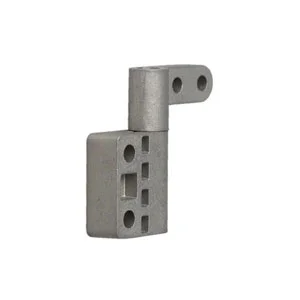In the realm of industrial and commercial electrical systems, every component plays a pivotal role in ensuring safety, efficiency, and functionality. One such component that often goes unnoticed but is critical in design and operation is the concealed handle. Although small in size, concealed handles are an essential feature in modern electrical cabinets. In this blog post, we will explore what concealed handles are, their advantages, and their applications in electrical cabinets.
What Are Concealed Handles?
Concealed handles are a type of hardware designed to be flush or hidden within the surface of an enclosure, such as an electrical cabinet. Unlike protruding handles that are visible and extend outward, concealed handles are integrated into the design of the cabinet to maintain a sleek and streamlined appearance. They are often recessed into the door or panel and can be accessed either by pulling them out or by using a specific mechanism, such as a push-to-open feature.
These handles are typically made from durable materials like stainless steel, aluminum, or high-grade plastics to ensure longevity and resistance to environmental factors such as moisture, dust, and corrosion.
Key Features and Benefits of Concealed Handles
- Aesthetic Appeal
Concealed handles contribute to a clean and professional look for electrical cabinets. This is particularly important in environments where equipment visibility is a factor, such as offices, data centers, or public spaces. Their flush design eliminates visual clutter and enhances the overall appearance of the cabinet. - Space Efficiency
By being recessed or hidden within the cabinet surface, concealed handles save space. This is especially valuable in compact installations where protruding handles might obstruct movement or interfere with adjacent equipment. - Enhanced Safety
Protruding handles can pose a safety hazard in busy industrial environments, where workers may accidentally bump into them. Concealed handles eliminate this risk by sitting flush with the cabinet surface, reducing the likelihood of injuries or damage to clothing and equipment. - Improved Security
Many concealed handles are designed with locking mechanisms that enhance the security of electrical cabinets. These locks prevent unauthorized access to sensitive electrical components, ensuring compliance with safety standards and protecting critical systems from tampering or damage. - Durability and Resistance
Concealed handles are often designed to withstand harsh conditions, including exposure to dust, water, and chemicals. This makes them ideal for use in industrial settings where durability is paramount.
Applications of Concealed Handles in Electrical Cabinets
Concealed handles are widely used across various industries due to their versatility and functional benefits. Below are some common applications:
- Industrial Control Panels
In manufacturing facilities and industrial plants, electrical cabinets house control panels that manage machinery and production lines. Concealed handles ensure these cabinets remain secure while minimizing interference in high-traffic areas. - Data Centers
Electrical cabinets in data centers often contain critical equipment such as servers, power distribution units (PDUs), and networking hardware. Concealed handles help maintain the sleek appearance of these installations while providing easy access for maintenance teams when needed. - Commercial and Residential Buildings
In commercial spaces like offices or retail stores, as well as residential buildings, concealed handles are used in electrical enclosures to blend seamlessly with interior designs. They provide a modern look without compromising functionality or accessibility. - Transportation and Infrastructure
Electrical cabinets used in transportation systems (e.g., railways, airports) or infrastructure projects (e.g., street lighting control) often employ concealed handles to ensure durability and resistance to environmental factors while maintaining a tamper-proof design. - Medical and Laboratory Equipment
In hospitals and laboratories, where hygiene and precision are critical, concealed handles are preferred for their clean design and ease of maintenance. They are used in electrical enclosures for medical devices and laboratory equipment control systems.
Choosing the Right Concealed Handle for Your Application
When selecting a concealed handle for an electrical cabinet, consider the following factors:
- 素材: Choose a material that suits the environment where the cabinet will be installed. For example, stainless steel is ideal for corrosive environments, while plastic may be sufficient for indoor applications.
- Locking Mechanism: Determine whether a locking feature is necessary for added security. Options include key locks, combination locks, or tool-operated locks.
- Ergonomics: Ensure the handle design allows for comfortable operation by users, especially in applications requiring frequent access.
- Compliance: Verify that the handle meets industry standards for safety and durability, particularly if the cabinet will be used in regulated environments like healthcare or energy sectors.
- Aesthetic Requirements: Consider the overall design of the cabinet and how the handle integrates with its appearance.
結論
Concealed handles may be a subtle feature of electrical cabinets, but their impact on functionality, safety, and aesthetics is significant. By choosing the right concealed handle for your application, you can enhance the performance and usability of your electrical enclosures while maintaining a professional appearance. Whether you’re designing industrial control panels or outfitting a data center, concealed handles offer a practical solution that combines form with function.
As technology continues to evolve, we can expect even more innovative designs for concealed handles that cater to emerging needs in industrial automation, smart buildings, and beyond







